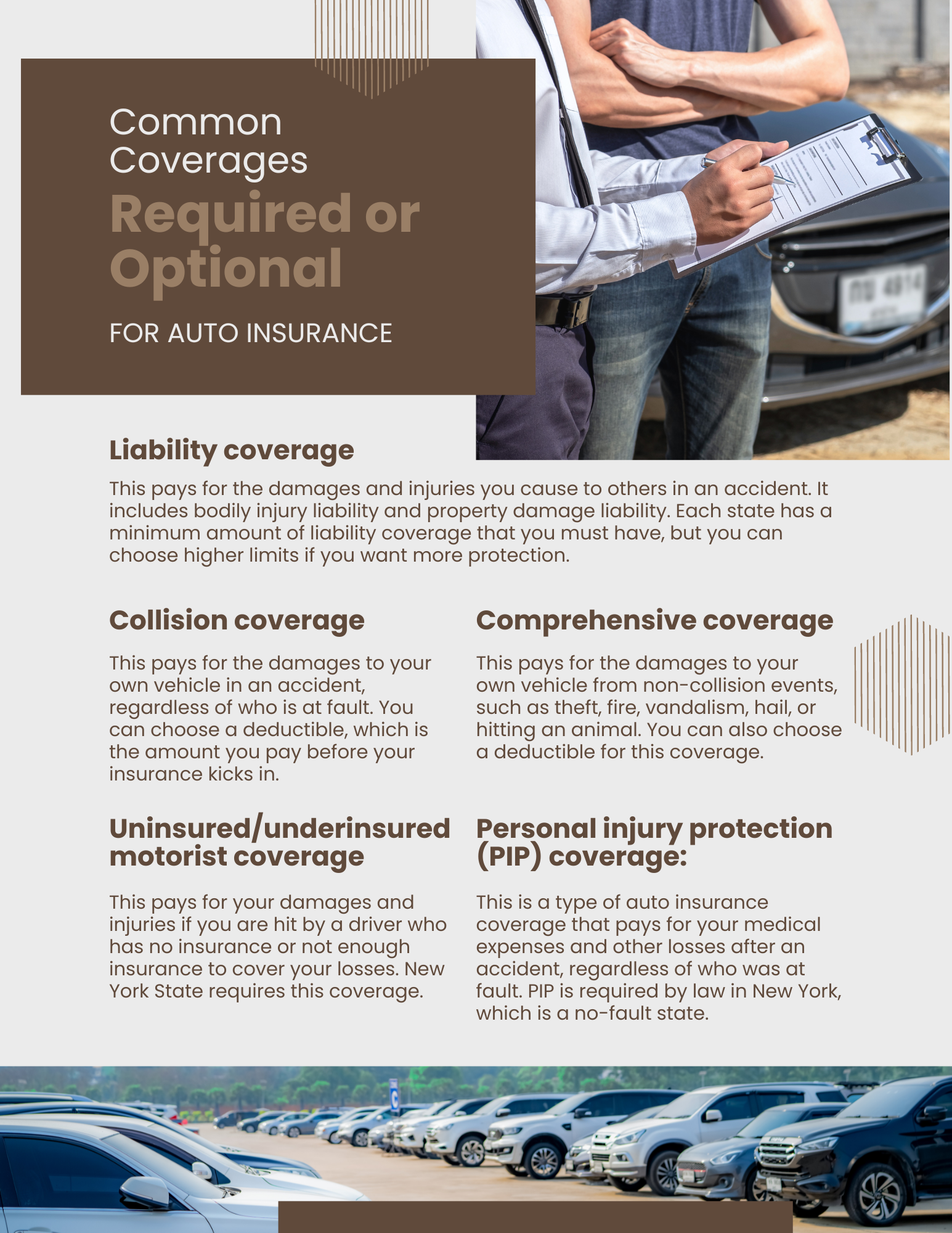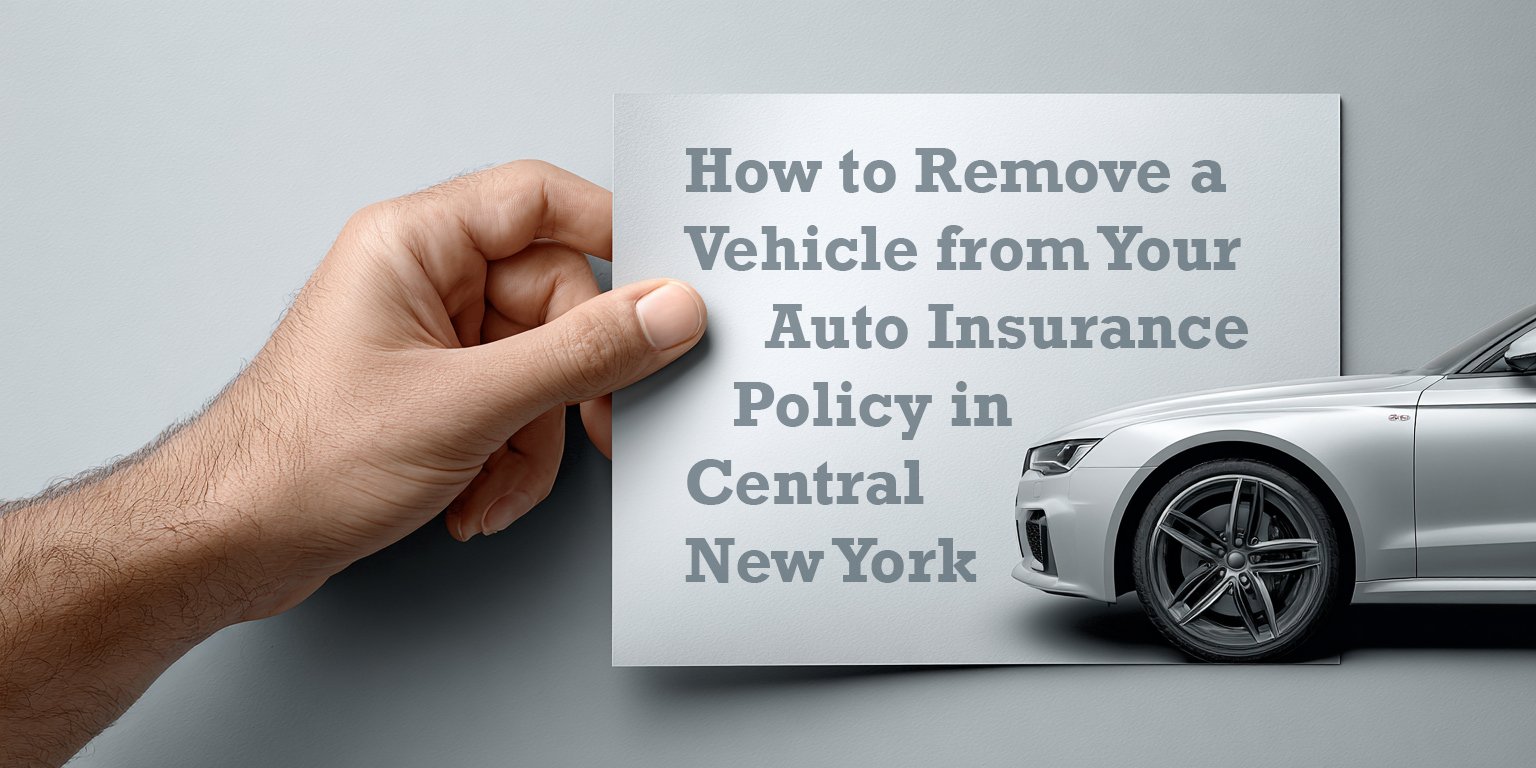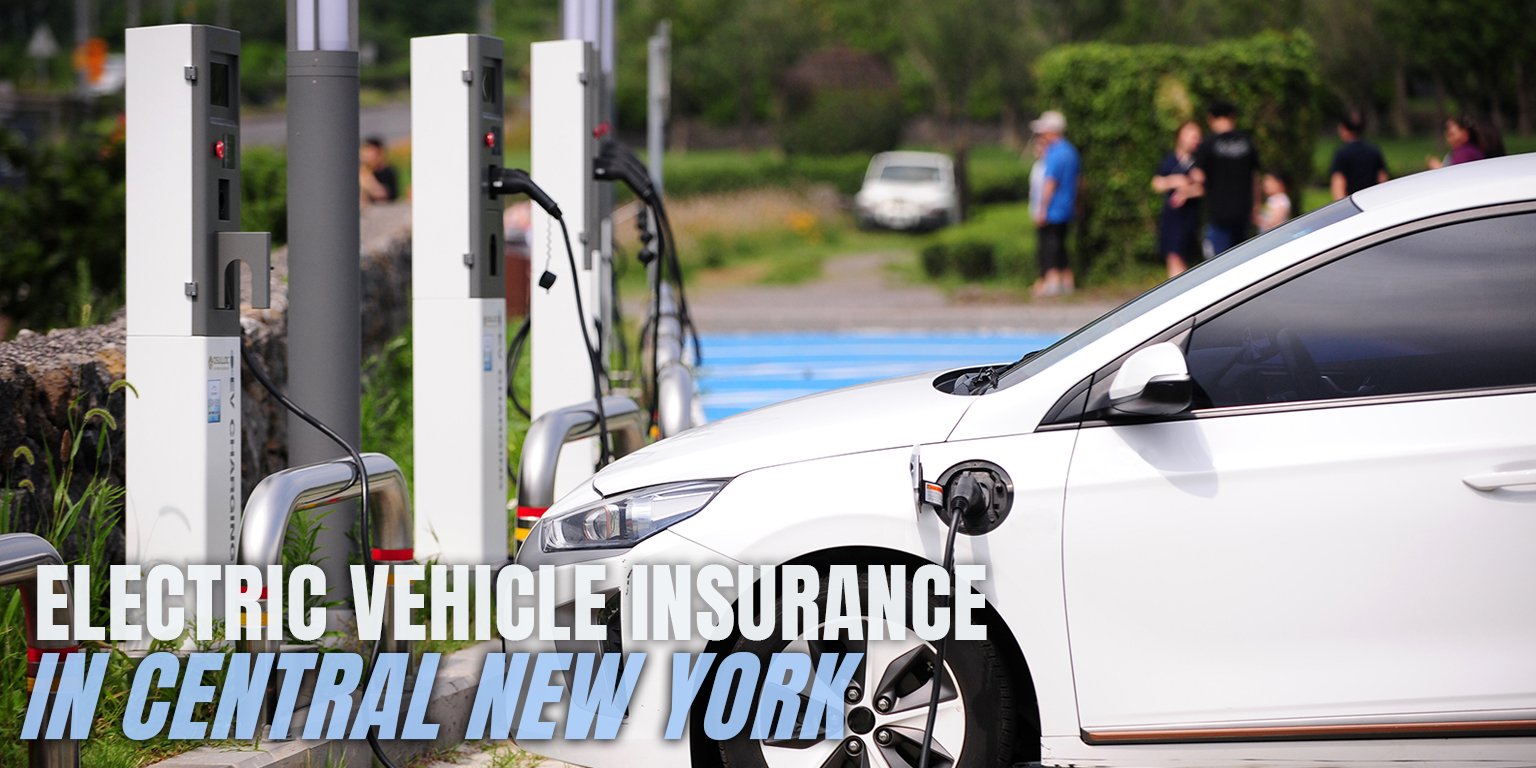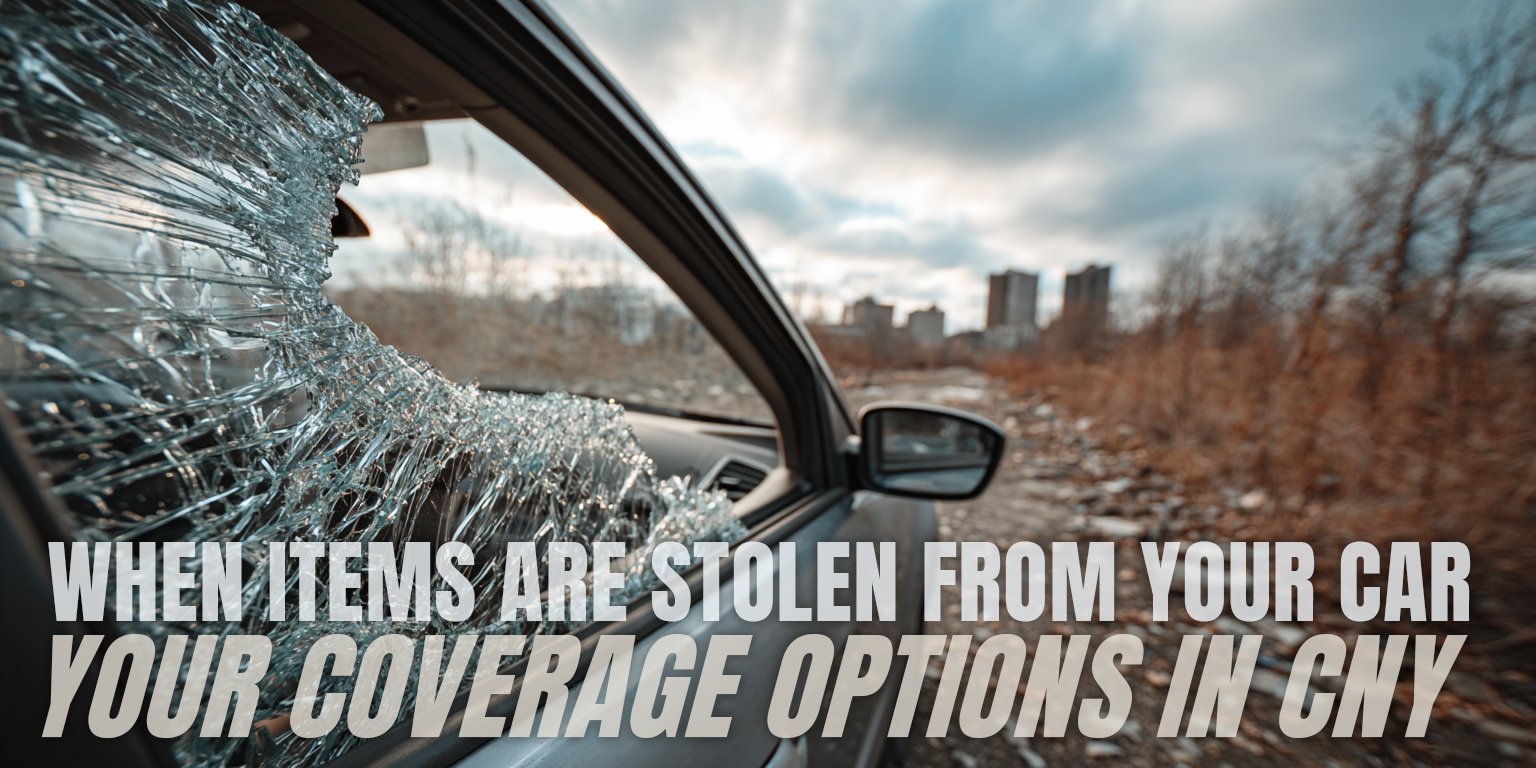Properly Comparing Auto Insurance Quotes
August 29th, 2023
7 min read

If you’re looking for auto insurance in Central New York, you might feel overwhelmed. The sheer number of options and quotes available is astonishing. How do you know which one is the best for you and your budget? How do you compare different policies and coverage levels without getting misled?
You’re not alone in this struggle. You, like many drivers, face the same challenge when shopping for auto insurance. You want to protect yourself and your vehicles. But you also want to save money and avoid paying for unnecessary or unwanted features.
That’s why we wrote this article. We’re here to help you properly compare auto insurance quotes and find the best deal for your needs. We are Horan, a local insurance agency that has been serving Central New York for over 15 years. We know the ins and outs of the auto insurance industry. And we have the expertise and experience to guide you through the process.
In this article, we will show you how to compare quotes from different providers and policies. You’ll learn how to avoid common pitfalls and mistakes when comparing quotes. By following the guidance in this article, you can make an informed decision about your quote. This will result in getting the most value for your insurance dollars.
Why Using the Correct VIN is Essential for Accurate Auto Insurance Quotes
One of the most important steps in comparing auto insurance quotes is to use the correct Vehicle Identification Number (VIN). Enter this for each vehicle you want to insure. The VIN is a unique 17-digit code that identifies your car’s make, model, and year. It also provides other specifications. It’s usually found on the driver’s side dashboard or door frame.
Why is the VIN so important? Because it tells the insurance company exactly what kind of car you have and what features it has. This affects the cost of your insurance, as different cars have different risks and rates.
For example, a car with a high safety rating, anti-theft system, and low mileage may have a lower premium. A car with a low safety rating, no anti-theft system, and high mileage may have a higher premium.
If you use the wrong VIN to compare quotes, you will get inaccurate results. The auto insurance quote may be lower or higher than you expect. But it won’t hold when the actual policy numbers come in.
To avoid these issues, make sure you use the correct VIN for each car you want to compare quotes for. You can find your VIN on your car’s registration, title, or insurance card. You can also use online tools to look up your VIN based on your license plate number.
Once you have your VIN, be precise when providing it to request competing quotes. Is that S like Sam or F like Frank? This will ensure that you get the most accurate and reliable comparison possible.

Pay Attention to the Policy Term
When comparing auto insurance quotes, pay attention to the policy term. Auto insurance policies are either six months or twelve months long. The policy term can affect the cost of your insurance. So it’s important to choose the right length for your needs.
Six-month policies can be more inconvenient, as you will need to renew your policy more often.
Twelve-month policies can be more convenient, leading to one policy renewal per year. Twelve-month policies can also offer discounts for good drivers.
You’ll know the policy duration by looking at the policy term on the quote. Or, look for the effective dates of coverage. That will tell you the duration of the policies. You can then compare six months to six months or six months to twelve months.
Which Policy Term is Right for You?
The best policy term for you will depend on your individual needs and circumstances. If you’re on a budget, a six-month policy may be a good option for you. A smaller bill comes twice a year. But the convenience of a twelve-month policy may suit you more. While there’s a larger bill, your rate is subject to change more often on a six-month policy.
When Comparing Auto Insurance Quotes, Be Sure to Double the Cost of a Six-Month Policy
When comparing a six-month quote to a twelve-month quote, be careful. It is important to double the cost of a six-month policy. That will give you an accurate comparison to a twelve-month policy. This is because the cost of a six-month policy is split into two bills.
For example, a twelve-month policy may cost $1,200. The cost of a six-month policy may be $675. But for a proper comparison, the six-month policy would be $675 x 2 = $1,350.
Follow these tips to compare auto insurance quotes with accuracy. Then choose the right policy term for your needs.
Are You Comparing the Proper Payment Plans for Your Auto Insurance Quotes?
When comparing auto insurance quotes, it’s important to compare the same payment plan. Most insurance companies offer monthly, quarterly, and annual payment plans. The payment plan can affect the cost of your insurance. So take care in choosing the plan that is right for you.
Monthly Payment Plans
Monthly payment plans are the most common type of payment plan. Some find it convenient, as you can pay your bill each month. But monthly payment plans often have higher rates than other payment plans. This is because insurance companies might charge a processing fee for each monthly payment.
Quarterly Payment Plans
Quarterly payment plans are less common than monthly payment plans. They are a good option if you want to save money on processing fees. But quarterly payment plans can be more difficult to budget for, as you will need to pay a larger amount each quarter.
Paid-in-Full Plans
Annual payment plans are the least common type of payment plan. They are the most expensive upfront, but they can save you money in the long run. This is because annual payment plans offer a sizeable discount for paying the full amount upfront.
Verify the Discounts on Auto Insurance Quotes
Are there discounts listed that you qualify for? Are discounts listed that you haven’t earned? If discounts you haven’t earned are being used to lower a quote, be aware. Look for a defensive driver course or other training course credit. If you haven’t completed such a course, you know the quote is inaccurate. The rates you’re seeing won’t apply.
Standard qualifying discounts on auto insurance quotes include:
- Pay-in-full discount. Some insurers offer a discount from 6 percent to 14 percent.
- Safe driver discount. Many insurers offer a discount of 10 percent or higher for good driving habits
- Multi-car discount. Many insurers offer a discount of 5 to 10 percent to drivers who
insure two or more vehicles under the same policy. - Safety features discount. Vehicles with specific safety features listed by the carrier can
save up to 5 percent. - Anti-theft discount. Vehicles with anti-theft features listed by the carrier can save you
from 2 to 4 percent.
Confirm that the auto insurance quotes list the same discounts for accurate comparison. Also, verify the amounts of the discounts. An anti-theft discount on one quote shouldn’t be far different from another quote.
Are All Drivers Listed on the Auto Insurance Quotes?
Another important step to compare auto insurance quotes is to check that the names of both insureds are present on the quote. If you’re sharing a car with your spouse, make sure both of your names are listed on the policy. There should not be only one name on the quote, as this will lead to an inaccurate rate.
If you have another driver in the household, like a teen driver, make sure they are also listed on the policy. The quotes should list all drivers in the household who should be on the policy. This will affect the cost and coverage of your insurance. If you leave out a driver, you might end up seeing lower rates. But those rates are false.
To avoid these issues, make sure you provide accurate and complete information about all the drivers in your household when you request quotes from different providers.
Check Coverages, Limits, and Deductibles When Comparing Auto Insurance Quotes
In comparing auto insurance quotes, check these three things. The coverages, limits, and deductibles should be the same. These are the factors that determine how much protection you get and how much you pay out of pocket in case of a claim.
For example, you should compare the following aspects of each quote:
- Liability. This is the coverage that pays for the damages and injuries you cause to others in an accident. It is often expressed as three numbers, such as 25/50/10. This means $25,000 per person, $50,000 per accident, and $10,000 for property damage. You should make sure that all quotes have the same liability limits. This will affect your premium and your legal responsibility
- Personal injury protection (PIP) or no-fault benefits. This is the coverage that pays for your own medical expenses and lost wages after an accident. It does this regardless of who was at fault. In New York, this coverage can go up to $175,000. You should make sure that all quotes have the same PIP or no-fault limits. This will affect your financial security and your healthcare options.
- Deductibles. This is the amount of money you have to pay before your insurance kicks in for certain coverages. It includes collision and comprehensive. For example, if you have a $500 deductible and an accident damages your car, you have to pay $500. Your insurance will pay the rest. You should make sure that all quotes have the same deductibles. This will affect your premium and your out-of-pocket costs.
- Endorsements. These are optional policy features you can add for extra protection or convenience. For example, rental car reimbursement pays for a rental car. But only while your car is being repaired after a covered claim. Towing pays for towing your car to a repair shop or a safe location after a breakdown or an accident. You should make sure that all quotes have the same endorsements. This will affect your premium and your service quality
By checking these aspects of each quote, you will be able to compare them on an equal basis. See which one offers the best value for your needs. You will also avoid missing coverages and endorsements. Shifts in policy limits also lead to inaccurate quotes.
Get the Most Value Out of Your Auto Insurance Policy
Comparing quotes can be a daunting task, but it doesn’t have to be. By following the steps we outlined, you will be able to:
- Understand the different types of auto insurance and what they cover.
- Compare quotes from different providers and policies.
- Avoid common pitfalls and mistakes when comparing quotes.
- Choose the best policy for your situation and budget.
By doing so, you will save money, time, and hassle. You will also have peace of mind knowing that you are protected in case of an accident or damage. You will be able to enjoy driving your car without worrying about the unexpected.
However, if you overlook these steps, you might end up with a policy that doesn’t suit your needs. You might pay more than you should, or get less coverage than you need.
That’s why we urge you to be diligent in your review. And if you see something that shouldn’t be there or something you’d like to change, request that. Then you’ll be able to make a proper comparison.
If you need help with an auto insurance quote, we’re here for you. Click the Get a Quote button below. One of our insurance specialists will contact you to discuss your policy options.
If you’re still intimidated by auto insurance quotes, learn to read them effectively.
Daniel is an accomplished content creator. He has been working in publishing for almost two decades. Horan Companies hired Daniel as its content manager in November 2022. The agency entrusted its messaging to him. Since then, Daniel has written insurance articles, service pages, PDF guides, and more. All in an effort to educate CNY readers. He's helping them understand the world of insurance so they can make informed decisions.
Topics:



























